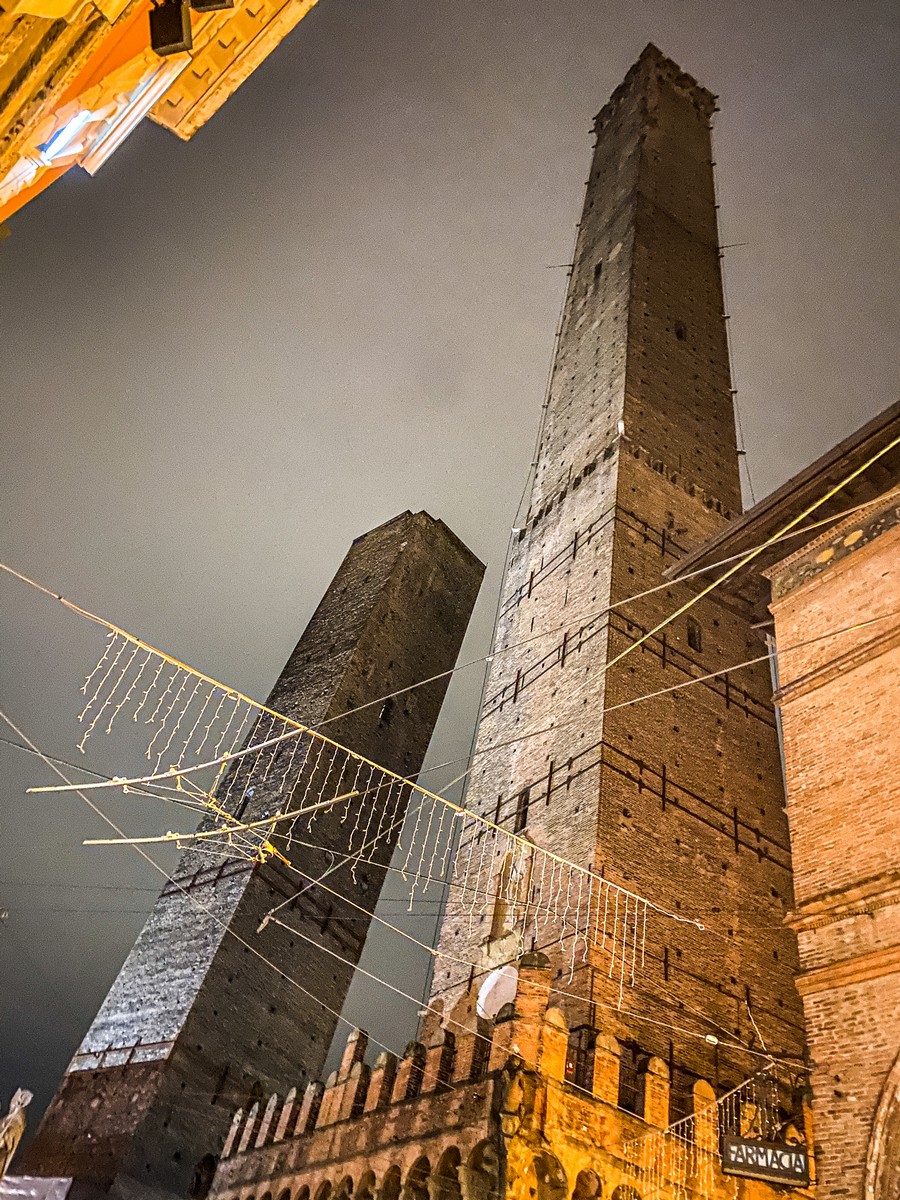December 20, 2021
Red + green: shaken – not stirred!
As promised, herewith, my big announcement!…
But first, some background…
Nearly 12 years ago – in 2010, a youngish, green-colored company became a partner of a legendary global red-colored brand with more than 80 years of history to its name (incidentally, by doing so paving the way to other companies in the cybersecurity sphere).
In the intervening 11 years, both the worlds of cyberthreats and Formula-1 have changed tremendously. In the cyberworld, alas, things have changed for the worse. For example, cyberthreats to physical equipment ceased being the stuff of sci-fi and Hollywood blockbuster movies, to become real – daily – risks for organizations and businesses. That’s one reason why, since 2013, we’ve been protecting all of Ferrari’s digital kit – some 5000+ devices: from the industrial equipment at its plant in Maranello, to the computers of the engineers and mechanics at the racetracks around the world!
For fans, Formula One is all about speed, adrenaline and emotions, and for the folks providing the speed, adrenaline and emotions F1 is mostly all about massive volumes of data transferred in real time between the racing cars, the team of engineers in the garage at the track, and company HQ. On average, from just one car for a single race up to 200 gigabytes of data is sent from 150 sensors all over the car – and on the driver: for example, his biometric data is transmitted from sensors in his gloves!
Protecting such vast amounts of data and intellectual property while maintaining the continuity of a multi-billion-dollar business demands – you guessed right! – the best cyber-protection in the world. Thus, I’m very happy to announce that this year we’ve signed an agreement on extending our partnership with the Scuderia Ferrari team, and one ‘feature’ of this agreement is that our logo on the nose of the red race cars will continue to cross the finish lines of the world’s best tracks! Hurray!















